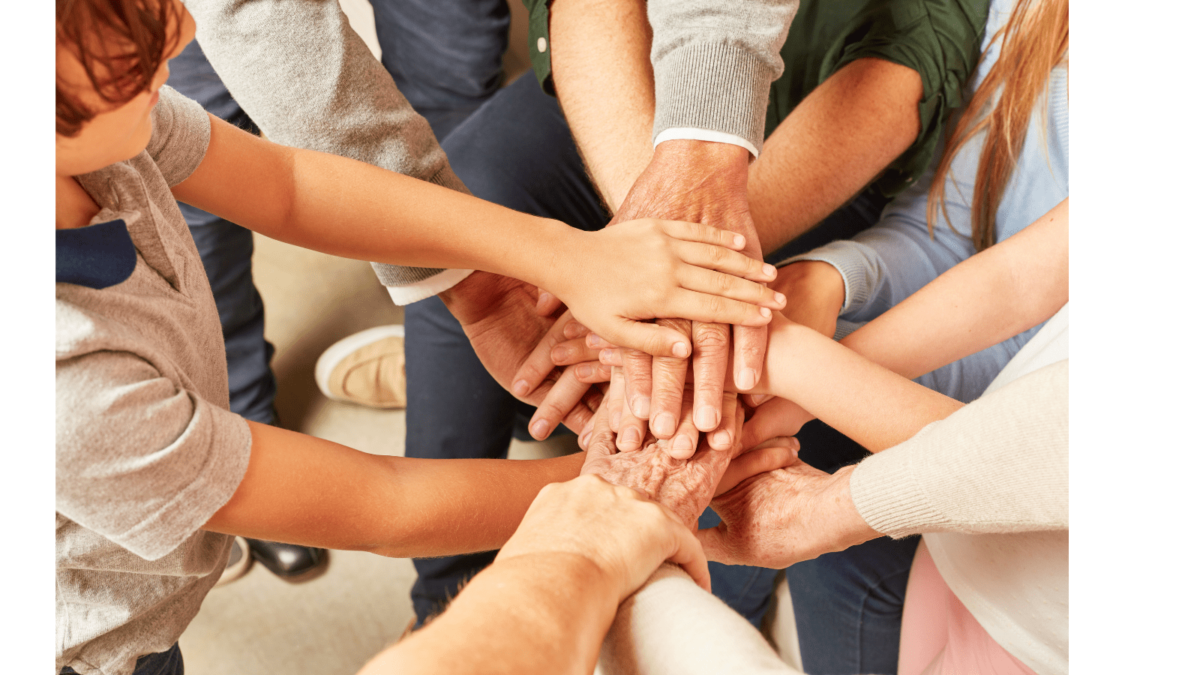BLOG

In the atmosphere of the modern Indian workplace, one of the most vibrant threads is its multigenerational workforce. This diversity, while a source of strength, also presents challenges in fostering effective collaboration. Addressing these is crucial for any organisation striving to create a harmonious and productive work environment.
A study by Wharton highlights one of the primary challenges: the generational differences stemming from rapid liberalisation and globalisation, leading to differing mindsets between the younger and older generations. This gap, if not managed well, can lead to misunderstandings and conflicts within teams. Another challenge identified by the Harvard Business Review (HBR) study is the tendency to resort to stereotyping based on age, which can create divisions and hinder collaboration.
So, how can organisations in India effectively bridge this divide? The HBR suggests that managers should focus on building teams that communicate openly, respect each other’s boundaries, and ensure every voice is heard, regardless of age or seniority. This approach is critical in creating an environment where each generation feels valued and understood.
Another method is to take advantage of the unique strengths each generation brings. The younger workforce might be more tech-savvy and adaptable to change, while the older generation might bring wisdom and experience. By acknowledging and leveraging these strengths, teams can find innovative solutions to challenges.
Furthermore, a report by Deloitte Insights underscores the importance of training and development programs aimed at enhancing multigenerational collaboration. With 70% of organisations acknowledging the importance of leading such workforces, yet only 10% feeling ready to address this trend, there’s a need for targeted training programs.
To foster effective collaboration, organisations should also focus on creating shared objectives that align the team towards a common goal. This alignment helps in mitigating the focus from age-related differences and towards achieving collective success.
The generational diversity in Indian workplaces is a powerful asset that, when managed effectively, can lead to unparalleled teamwork and productivity. By embracing strategies that promote understanding and respect across generations, organisations can transform their diverse workforce into a cohesive, innovative, and dynamic entity.

In the atmosphere of the modern Indian workplace, one of the most vibrant threads is its multigenerational workforce. This diversity, while a source of strength, also presents challenges in fostering effective collaboration. Addressing these is crucial for any organisation striving to create a harmonious and productive work environment.
A study by Wharton highlights one of the primary challenges: the generational differences stemming from rapid liberalisation and globalisation, leading to differing mindsets between the younger and older generations. This gap, if not managed well, can lead to misunderstandings and conflicts within teams. Another challenge identified by the Harvard Business Review (HBR) study is the tendency to resort to stereotyping based on age, which can create divisions and hinder collaboration.
So, how can organisations in India effectively bridge this divide? The HBR suggests that managers should focus on building teams that communicate openly, respect each other’s boundaries, and ensure every voice is heard, regardless of age or seniority. This approach is critical in creating an environment where each generation feels valued and understood.
Another method is to take advantage of the unique strengths each generation brings. The younger workforce might be more tech-savvy and adaptable to change, while the older generation might bring wisdom and experience. By acknowledging and leveraging these strengths, teams can find innovative solutions to challenges.
Furthermore, a report by Deloitte Insights underscores the importance of training and development programs aimed at enhancing multigenerational collaboration. With 70% of organisations acknowledging the importance of leading such workforces, yet only 10% feeling ready to address this trend, there’s a need for targeted training programs.
To foster effective collaboration, organisations should also focus on creating shared objectives that align the team towards a common goal. This alignment helps in mitigating the focus from age-related differences and towards achieving collective success.
The generational diversity in Indian workplaces is a powerful asset that, when managed effectively, can lead to unparalleled teamwork and productivity. By embracing strategies that promote understanding and respect across generations, organisations can transform their diverse workforce into a cohesive, innovative, and dynamic entity.